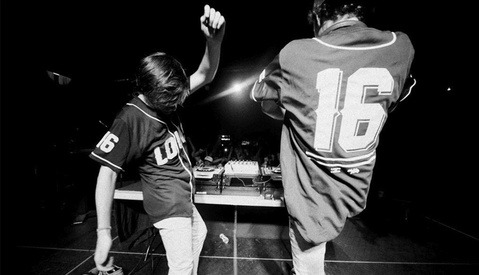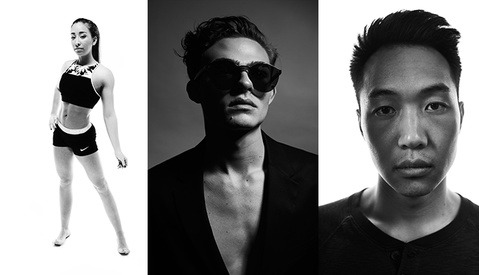Using the Phase One XF100 to Photograph Prototype Mars Helmets
2015 gave us two great things: the incredible and groundbreaking Phase One XF100 digital back and the Academy Award-nominated film, “The Martian.” While the XF100 brought us to a new frontier of image quality and performance, “The Martian” has brought the idea of Mars exploration back into the spotlight. NASA has even gone so far as to build a prototype Mars mission astronaut helmet. It just so happens that Doug Sonders, one of our own contributing writers, photographed this space-age helmet with the XF100.




















